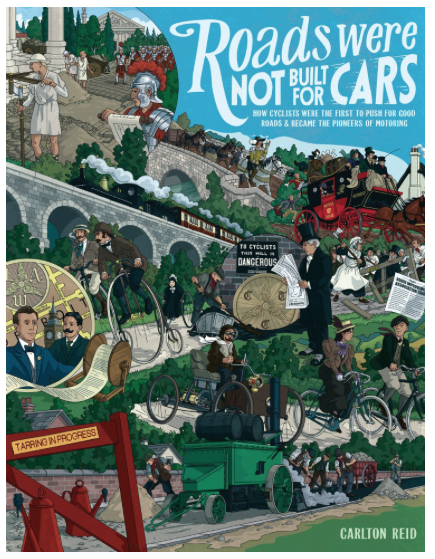Mission: To promote driving less so all may live more.
The mission of this web log is to minimize driving, not eradicate it. Many people need to drive until they can experience a change-in-life circumstance, including moving or changing jobs.
But most of our commentary about automobiles is critical because of…
- the legislative and commercial privilege they experience,
- the frequent dangerous, reckless, and selfish decisions many drivers make,
- the effect of the internal combustion engine on the environment,
- the effect of big, heavy chunks of moving metal and plastic on the natural ambience of the outdoors,
- the automobile culture that encourages us to neglect our bodies, our neighbors, and our communities, and
- the thinking engendered by being enclosed in the automobile culture where speed and dominance make right (as in whateveridoisjustified).
It is this last point, the thinking, that provides the stage where the hero and the villain meet. While this will seem irrelevant, we are familiar with one defense of handguns: guns don’t kill, people do. What the statement means on a factual level is that a gun alone in a room seldom if ever has spontaneously fired and killed someone.
Continue reading “Hero (person) versus Villain (automobile)”

